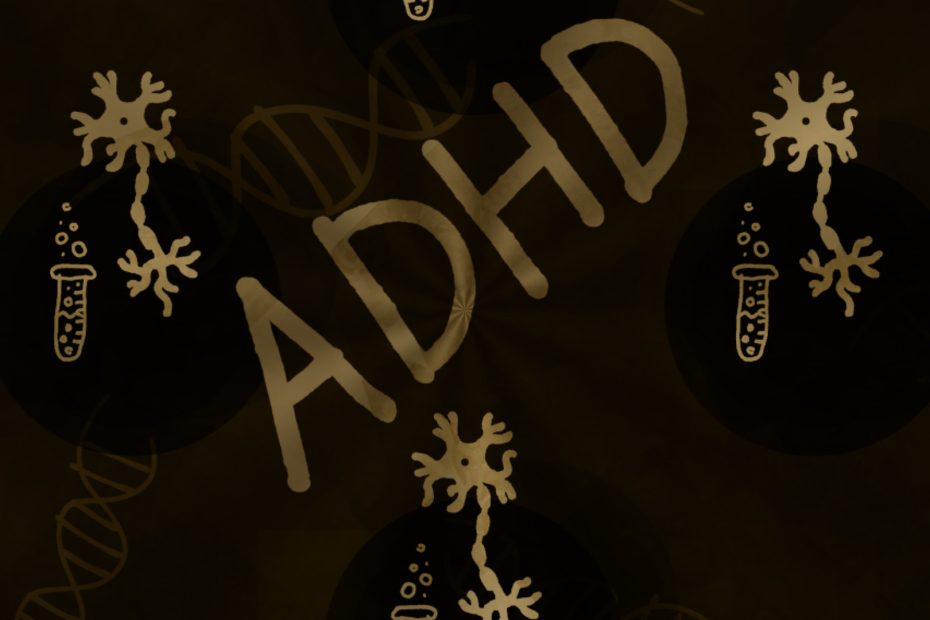As it is Mental Health Awareness month we continue our discussion with ADD, or attention deficit disorder, or ADHD (attention deficit hyperactivity disorder). These terms can cause confusion so in the modern context, ADD is used to describe inattentive attention deficit hyperactive disorder, which is a subtype of ADHD.
ADD/ADHD is characterised by hyperactivity and a lack of impulse control and attention. However these symptoms can vary by the individual and not all the symptoms must be present to diagnose ADD/ADHD. In fact, there are several different types of ADD/ADHD and understanding these different types is a crucial aspect in developing an effective treatment plan. But first, let’s take a look at the basics of ADD/ADHD.
ADD/ADHD Overview
ADD/ADHD is usually diagnosed in children and is diagnosed more in boys. Although ADD/ADHD is more frequently diagnosed in boys, recent studies suggest that ADD/ADHD affects both boys and girls at a similar rate, however it is not as frequently diagnosed in girls because ADD/ADHD affects the sexes differently. ADD/ADHD can have a number of symptoms depending on the type of ADD/ADHD and the sex of the individual. Possible symptoms of childhood ADD/ADHD can include:
- Constant fidgeting or motion
- Interrupting others
- Difficulty playing quietly
- Trouble listening
- Easily distracted
- Can’t finish a task before starting another
- Talks a lot
ADD/ADHD can also affect adults and it is estimated that about 13 million of Americans are affected by ADHD. Any adult with ADD/ADHD was once a child with ADD/ADHD that went undiagnosed until adulthood. Usually adults with ADD/ADHD receive a diagnosis after experiencing problems in the workplace or with their personal relationships. Possible symptoms of ADD/ADHD in adults can include:
- Perpetual lateness
- Easily distracted
- Emotional outbursts
- Disorganisation
- Intent focus on things they find interesting
- Inability to focus on things they find boring
- Trouble with personal relationships
- Trouble in the workplace
- Have a hard time starting challenging tasks
- Issues with establishing priorities
Additionally, ADD/ADHD can affect women differently than men. Studies have shown that men tend to externalise their symptoms and, for this reason, they are easier to recognise and diagnose. However, women tend to internalise many of their symptoms, which makes it harder for them to get a diagnosis and the care they need. Possible symptoms of women with ADD/ADHD can include:
- Disorganisation
- Appearing “scatterbrained”
- Forgetful
- Low tolerance to stress
- Work hard to gain approval
- Overcommitting
- Hypersensitive to stimuli
- Trouble with time management
Types of ADD/ADHD
In 2013, psychiatrist and nuclear brain imaging specialist Dr. Daniel G. Amen released a book titled, Healing ADD: The Breakthrough Program that Allows You to See and Heal the 7 Types of ADD that provided insight on the different variations of ADD/ADHD. His book identifies, examines, and explains the different types of ADD/ADHD and discusses a multitude of treatment approaches. According to Dr. Amen, the seven types of ADD/ADHD are as follows:
Classic
Dr. Amen’s definition of classic ADD is the form of ADD that aligns with what most people call ADHD. People with classic ADD are generally inattentive, easily distracted, disorganised, hyperactive, unable to sit still, and impulsive. SPECT scans have determined that people with classic ADD lack blood flow in the prefrontal cortex, cerebellum, and basal ganglia. Because the basal ganglia is associated with the production of dopamine, the usual treatment for classic ADD deals with increasing dopamine levels.
Inattentive
Individuals with inattentive ADD do not suffer from hyperactivity, but are easily distracted, sluggish, slow moving, and lack motivation. Because this form of ADD doesn’t cause behavioural problems, it is usually diagnosed later in life. It is also more commonly seen in females. Individuals with inattentive ADD also have reduced blood flow to their prefrontal cortex which causes low levels of dopamine. Thus, their treatment is similar for those with classic ADD and focuses on increasing the levels of dopamine in the brain.
Over focused
Those with over focused ADD display all the symptoms of classic ADD, but also have difficulty shifting their attention to new topics and a habit of becoming stuck in negative thought loops. They also demonstrate obsessive behaviour, worry excessively, are inflexible, and frequently exhibit argumentative behaviour. Those with over focused ADD lack both serotonin and dopamine, thus their treatment revolves around boosting their serotonin and dopamine levels.
Temporal Lobe
People affected with temporal lobe ADD exhibit symptoms of classic ADD coupled with irritability, a quick temper, aggression, dark thoughts, mood instability, and mild paranoia. They may also have learning or memory problems. People affected with temporal lobe ADD have reduced brain activity in their prefrontal cortex, as well as irregularities in their temporal lobes. Treatment for temporal lobe ADD is centered around combatting the temporal lobe irregularities by regulating neuronal activity. Treatment may take a variety of forms and is usually dictated by an individual’s symptoms.
Limbic
Limbic ADD combines classic ADD symptoms with chronic sadness that is not depression, negativity, low energy, feelings of hopelessness of worthlessness, and low self-esteem. Limbic ADD is caused by increased activity in the limbic region of the brain. The limbic region is responsible for controlling moods. People with limbic ADD also have reduced activity in their prefrontal cortex. Treatment for limbic ADD can include supplements, antidepressants, and lifestyle changes.
Ring of Fire
Ring of fire ADD is the name given to individuals who, in short, have an overactive brain. Overactivity in the cerebral cortex and other parts of the brain cause all the classic symptoms of ADD in addition to being extremely easily distracted, angry, irritable, and overly sensitive to stimuli such as noise, light, and touch. Individuals with ring of fire ADD tend to be highly inflexible, very verbal, argumentative, and moody. Treatment usually consists of reducing the hyperactivity in the brain.
Anxious
Individuals with anxious ADD exhibit the classic symptoms of ADD, but with additional feelings of anxiety and tension. They also can exhibit physical symptoms of stress such as headaches, stomachaches, and freezing in anxiety-inducing situations. They also tend to worry and anticipate the worst in every situation. Individuals with anxious ADD have increased activity levels in their basal ganglia, which is oppositional to every other type of ADD. Treatment for anxious ADD includes increasing GABA and dopamine levels while promoting relaxation.
Combination
With all these variations of ADD, it is also possible to have a combination case. In fact, ADHD combined type is the most commonly occurring type of ADHD. To be diagnosed with a combination case of ADD, your child will need to have six of more symptoms from the various lists and these symptoms must be present for more than six months. Also, symptoms should have been present before the age of twelve and must occur in various settings. Individuals will also be diagnosed with a severity level of mild, moderate, or severe.
Diagnosing ADD/ADHD
Because ADD/ADHD can cause problems with daily functioning and personal relationships, the earlier the diagnosis is made, the better. Although ADHD cannot be cured, many patients experience significant progress through the use of specialised ADHD treatment. Contact your local health care practitioner or doctor for advice.
Treatment for your child’s ADD/ADHD can take a number of forms. Your child’s individual treatment plan will depend on a number of factors but could take the form of medication, talk therapy, behavioural therapy, and lifestyle changes such as implementing a diet and exercise program.
Natural Remedies for ADHD: Alternatives to ADD Medication
Although the first port of call for treatment is normally medication and it is a valuable tool for managing the core symptoms of attention deficit hyperactivity disorder (ADHD), it is not the only treatment option available. Some natural ADHD remedies involve nutrition and lifestyle changes, while others tap into technology to train the brain for more focus and less impulsivity. For many, the best ADHD treatment plan includes several of these approaches — used simultaneously.
Between 80 and 85% of patients with ADHD experience a positive response to methylphenidate and/or amphetamine — the two main classes of stimulant medication. Still, the widely-cited Multi-Modal MTA Cooperative Group Study concluded that medication combined with behaviour therapy is the optimal treatment of ADHD in school-age children. In many cases, natural treatments augment medication and help to achieve the best possible results.
Natural Treatment Overview
“There’s no way to predict in advance if a child or an adult will be helped by any individual ADHD treatment, even medication,” says Duke University’s David Rabiner, Ph.D. His advice? It is critical to monitor your ADHD symptoms (and those of your child) to know what’s working — and to be open to a variety of changes in nutrition, exercise, sleep habits, and more.
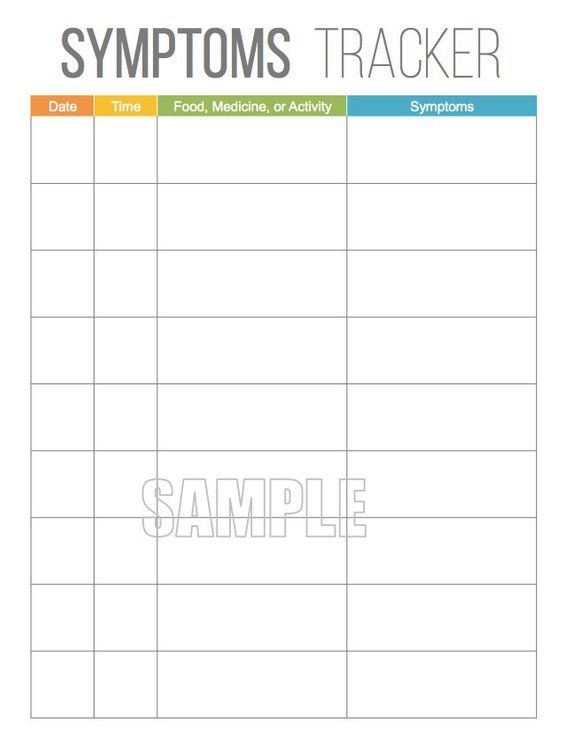
Many experts recommend keeping a symptom log to track improvements, setbacks, and side effects on a daily basis. This can help to pinpoint the areas of greatest need and, when shared with a medical professional, may suggest new strategies or treatment approaches.
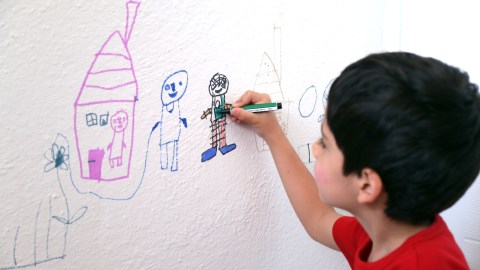
Behavioural Therapy For ADHD
Behavioural therapy for ADHD is a structured discipline strategy that aims to teach children new ways of behaving by rewarding desired behaviour, such as following directions, and eliminating undesired actions, such as losing homework. New research, additionally, shows that behavioural parent training (BPT)—which teaches parents skills for effective, productive interactions with their ADHD children— reduces parental stress and instances of non-compliance. The ultimate goal of these programs is to strengthen the parent-child relationship while teaching strategies for long-term behaviour improvement.
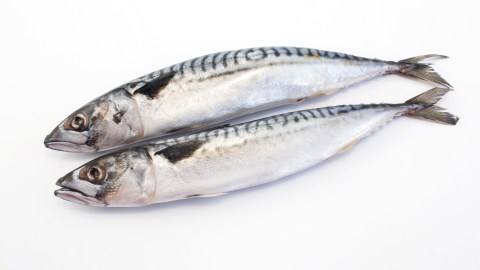
Omega-3 Fatty Acids For ADHD
The omega-3 fatty acids found in fish oil are important in brain and nerve cell function. The body cannot make omega-3 fatty acids by itself, so people have to get them through food, supplements, and vitamins. This is especially important for people with ADHD, who may have low levels of the nutrient. There are two types of omega-3 fatty acids in fish oil, EPA and DHA. The best supplements have two or three times more EPA than DHA.
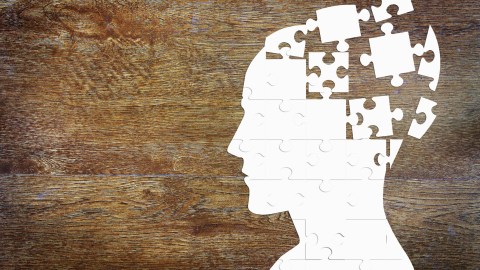
Cognitive Behavioural Therapy For ADHD
CBT aims to change irrational or negative thought patterns that interfere with staying on task or getting things done — two obstacles for individuals with ADHD. For a person with ADHD who thinks, “This has to be perfect or it’s no good” or “I never do anything right,” CBT challenges the truth of those thoughts by getting the patient to examine the evidence. By and large, research supports the assertion that CBT can help adults better address their ADHD-related challenges.

Protein For ADD & ADHD
An ADHD diet rich in proper nutrition is a powerful tool for managing ADHD symptoms. Studies by Massachusetts Institute of Technology neuroscientist Richard Wurtman,Ph.D, and others have shown that protein triggers neurotransmitters responsible for inducing alertness while carbohydrates trigger drowsiness. Protein also prevents surges in blood sugar that may increase hyperactivity. High-fibre foods such as fruits and vegetables, whole grains, and legumes can help stabilise energy levels. If you or your child is taking a stimulant medication, a low-fat breakfast will maximise its effectiveness. Fats can cause the body to absorb the medication more slowly, delaying the drug’s effectiveness. Depending on their age, children need between 24 to 30 grams of protein a day. Adults need 45 to 70 grams.
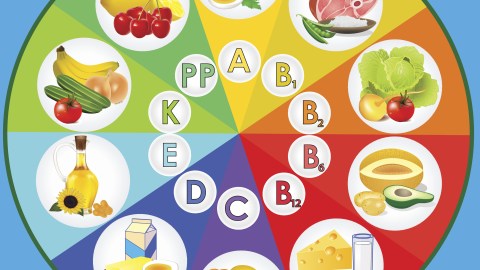
Iron, Zinc, Vitamins C & B6 For ADHD
Several ADHD vitamins and minerals are key to producing and regulating neurotransmitter levels in the brain, especially when a child or adult is deficient in one of them. Vitamin C is a building block of neurotransmitters, while iron and vitamin B6 increase dopamine levels. Zinc regulates dopamine, and may help treat ADHD symptoms in some children when used with conventional medication and treatments.

Exercise For ADHD
Exercise helps the ADHD brain function more effectively and efficiently. One well-known benefit of exercise is an increase in endorphins, which can improve mood. Exercise also elevates the brain’s levels of dopamine, norepinephrine, and serotonin, which increases focus and attention. Studies have shown1 that short-term aerobic exercise, including yoga, has positive effects on attention, hyperactivity, impulsivity, executive function, and other ADHD symptoms. Walking for 30 minutes four times a week will also do the trick, and skill-based exercises like martial arts or ballet are especially effective for those with ADHD.
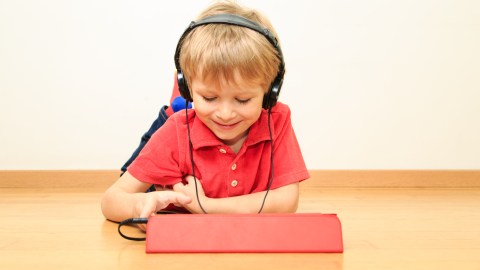
Brain Training For ADHD
Brain training for ADHD is growing in popularity and availability. Programs can be found for smartphones, computers, tablets and beyond. Various brain training systems claim to common executive functioning challenges among people with ADHD, such as attention, impulsivity, and working memory. Many of the programs have layouts that look and feel like video games, but are designed to exercise these specific brain functions. Programs generally fall under neurofeedback training — which aims to change physiological activity by monitoring brain waves — and cognitive training, which focuses on improving specific brain skills like problem solving and reading comprehension mainly through games and other exercises.

Green Time For ADHD
Green time is especially effective in helping kids recover from attention fatigue, which occurs after a long school day. Gardening, biking to school, and walking the dog in the park are all good ways to incorporate green time into the day.
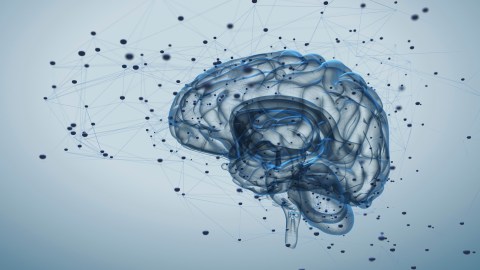
Neurofeedback For ADHD
Neurofeedback is a high-tech way to manage ADHD symptoms. During a session, the patient dons an electrode-lined cap, and is asked to perform a complex cognitive task. The aim is to teach patients to produce brain-wave patterns associated with focus. Sessions are brief (30 minutes) and painless, but expensive. Neurofeedback’s efficacy in treating ADHD symptoms is not conclusive, with multiple studies and reviews revealing opposing or weak evidence for the treatment.

Mindful Meditation For ADHD
Mindful Meditation for ADHD is attention/awareness training that helps manage stress, develop positive emotions, and strengthen self-regulation skills. It involves silent meditation and becoming more aware during daily activities. In other words, you’re staying in the moment as much as possible. Researchers wrote in a 2015 review1 of multiple, similar studies that mindfulness provides “promising preliminary support for its efficacy” in treating ADHD. More research, however, is needed to definitively prove its effectiveness.
ADD/ADHD treatment is important to realise that one course of action does not always work perfectly for everyone. As such, we will adjust your child’s/adult treatment plan as needed to make sure they are receiving the highest level of quality care.
References
Website: https://www.additudemag.com/slideshows/treating-adhd-without-medication/
Website: https://familypsychnj.com/2019/01/identifying-and-treating-the-seven-types-of-add-adhd/
